How to Plant Green Beans: Complete Guide [Steps to Follow + Images]
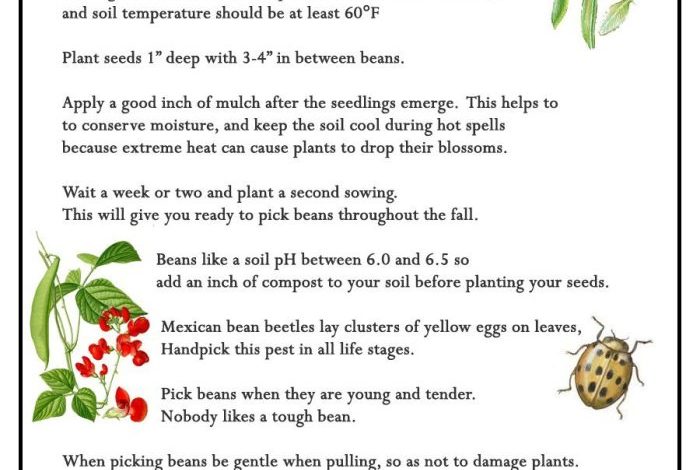
Important points for Planting Green Beans:
- When? In temperate zones it is sown in March. In cold areas it is expected until the beginning of May.
- Where? Where the soil temperature is between 15 and 20 ºC.
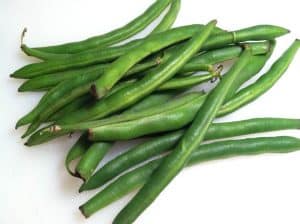
- Harvest time? Between 2-3 months.
- How do we prepare the land? The optimum pH ranges between 6 and 7.5. They do not need to be fertilized, but if the soil is very poor, organic fertilizer can be spread
- How do we water? Maintaining an optimum relative humidity during the first phase of cultivation of 60%, and later it ranges between 65% and 75%.
- How often do we water? The ideal is to keep the plant moist and avoid puddles.
- How do we sow? Planting 4-5 seeds 1cm apart in furrows 2cm deep.
- When do we harvest? When the pods are already formed.
- Good associations? Green beans go well with carrots, cabbage, cucumbers, parsley, potato, and tomato.
- Bad associations? They should not be sown together with garlic, fennel, leek or onion.
- Diseases and pests? Aphids, spider mites, anthracnose and powdery mildew.
Green beans, also known as kidney beans (although they are a different variety), are legumes, like peas, broad beans, alfalfa, or lentils, that are high in protein, minerals, and fiber.
Did you know…In addition, they provide nitrogen to the soil, which makes them an excellent natural fertilizer for other crops.
A large part of the beans are characterized by being climbing plants. However, there are varieties known as low bush or dwarf, which have a moderate growth which makes them ideal for growing in small spaces.
Also, beans are considered as fast growing plants.
What do we need to plant short green beans?
When should it be sown? The dates
The date varies depending on the area.In temperate zones it is sown in March, while in areas where colder climates prevail, it should wait until the beginning of May.
Where do we plant? lighting and temperature
They thrive best in warm, temperate climates, preferablywith good sun exposureso that the ground can warm up.
As long as the relative humidity is adequate, it supports exposure to light and heat very well.
Sowing should be done when the soil temperature is above 10 ºC, the optimum soil temperature being between 15 and 20 ºC.
How often should it be watered?
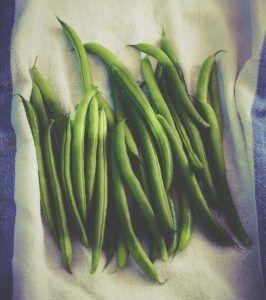 They are very susceptible to the absence of humidity, but an excess of water can cause the loss of the harvest.
They are very susceptible to the absence of humidity, but an excess of water can cause the loss of the harvest.
The optimal relative humidity during the first phase of cultivation is 60%, and later it ranges between 65% and 75%.
When watering, the most important thing isavoid waterlogging. So the ideal is drip irrigation.
How do we prepare the land?
They tolerate different types of soil, although the most recommended are light soils, with a siliceous-silty texture, with good drainage and rich in humus, but without traces of fresh organic matter.
The optimum pH ranges between 6 and 7.5.
In terms of nutrients, beans do not require fertilization, since the plant is capable of fixing atmospheric nitrogen in the soil. If the soil is very poor, organic manure can be spread a month before planting.
They do not support transplanting well, so it is preferable to sow them directly.
Regarding the rotations, the best isleave an interval of two to three yearsbefore growing green beans in the same space.
What are the most favorable associations?
The most favorable associations for the cultivation of low-growing green beans are: carrots, cabbages, cucumbers, parsley, potatoes and tomatoes.
They should not be sown together with garlic, fennel, leek or onion. Generally root vegetables.
How to sow short green beans step by step
1. Clear the ground
 Extract weedsand remains of previous crops and all kinds of residues to ensure that the beans receive the correct amount of nutrients.
Extract weedsand remains of previous crops and all kinds of residues to ensure that the beans receive the correct amount of nutrients.
All plants must be pulled out by the roots to prevent them from growing back.
2. Prepare the ground
Moisten the soil before planting green beans. This will prevent the seed from easily shifting
Fertilize the soil. If the soil is very poor, you canspread organic fertilizer one month before planting.
3. Put the seeds in the soil
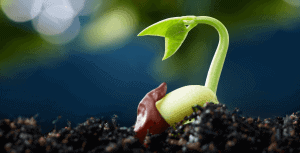 Create grooves 2 cm deep, half a meter apart from each other. Later,plant 4 or 5 seeds at a depth of 1 cmand cover them lightly.
Create grooves 2 cm deep, half a meter apart from each other. Later,plant 4 or 5 seeds at a depth of 1 cmand cover them lightly.
Between each hole should be kept a separation distance of 40 centimeters.
4. Lay down organic mulch
To control weeds and keep the soil aerated and moist, it is recommendedplace organic mulch.
5. Water frequently
 Make sure the soil is always kept moist,but without producing puddles.
Make sure the soil is always kept moist,but without producing puddles.
Continue watering the soil until the plants have four or five leaves.
6. Select the healthiest and strongest seedlings
The seeds will germinate between 7 and 20 days.If more than one seed has germinated in each hole, keep the strongest one. To do this, do not pull the weak one, as you can damage the leaves. A simple pruning at ground level is sufficient.
If you sow in a protected seedbed or in a pot, when the plant reaches 10 cm in height and has between four and five leaves, it will be ready to be transplanted.
7. Protect your plants
Use mesh to protect your plantsof pests and possible predators, especially rabbits and squirrels.
8. Defoliate your plants regularly
This practice improves the quality and quantity of production and reduces the risk of diseases, since it promotes adequate ventilation.
How to Harvest Green Beans from Mata Baja
 They are harvested betweentwo and three months after sowing.
They are harvested betweentwo and three months after sowing.
Harvesting is done manually, when the pods are already formed, but without leaving them in the bush for a long time, as they acquire a fibrous texture.
As the plant is delicate, when harvesting we will try todo not damage the branches or pods.
To maintain good production, it is advisable to water copiously after harvest.
Pests and diseases of green beans from Mata Baja
Some of the most common pests and diseases that affect short beans are:
aphids
To combat the aphid, potassium or biodegradable soap can be applied to the underside of the plants.
Red spider
To combat the red spider, an extract of garlic and chili and/or neem extract can be applied, although if the plant is very affected, it is best to eliminate it to prevent it from spreading to other plants.
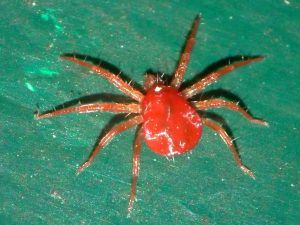 White fly
White fly
Spray the underside of the leaves with 1 % potassium soap with rain or distilled water.
anthracnose
To prevent it, we will try not to harvest if the weather is very wet. In the event that we grow them in humid areas, we can apply horsetail .
powdery mildew
It is best to install a drip irrigation system and apply horsetail as prevention.
To learn more, read: Varieties of beans.


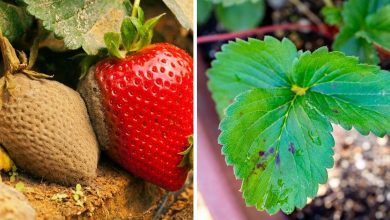
![Photo of Surface Irrigation: [Concept, Advantages, Disadvantages and Requirements]](https://www.complete-gardening.com/wp-content/uploads/2022/08/surface-irrigation-concept-advantages-disadvantages-and-requirements.jpg)
